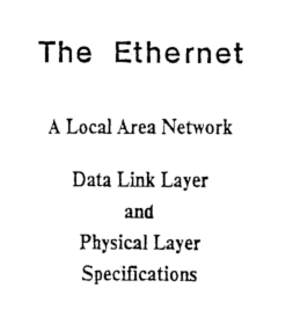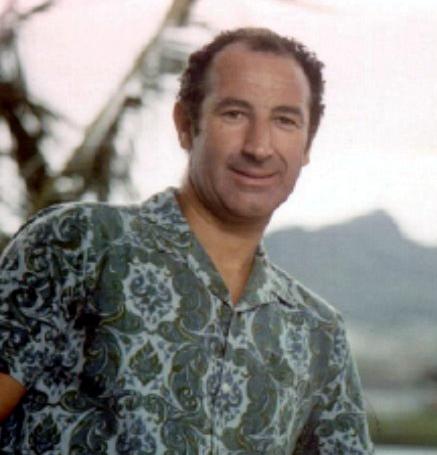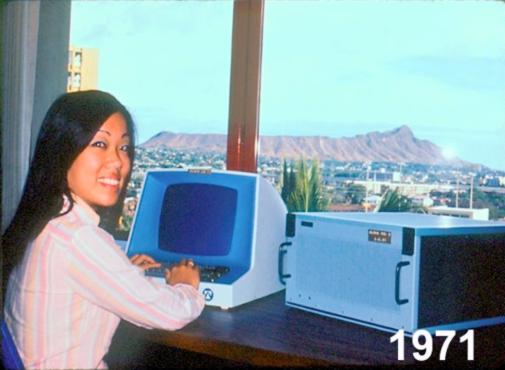| The Birth Of Ethernet |
| Written by Harry Fairhead | ||||
| Thursday, 01 October 2020 | ||||
Page 1 of 3 This week sees the 40th Anniversary of Ethernet. It was on September 30th 1980 that its formal specification was launched under the auspices of DEC, Intel and Xerox. This article explains why we should celebrate the invention of the first modern computer communications system. Ethernet – you must have heard of it. You might even have confused it with the Internet or even the web. Today it is almost certainly the most used communications transport in the world and can claim to be the first "mordern" communications system. Ethernet is still used today in the lowest layer of most computer networks, underneath IP and higher-level protocols like TCP/UDP. The fact is that Ethernet is the “transport” that makes most of the Internet work, be it over cables, wireless or light. It is a system that once you have understood how it works you tend to think was obvious but it was invented back in the day when phone had big rotating dials and the prime method of broadcast communication was the simple radio link. The person responsible for this invention, and for giving it the name Ethernet, was Robert Metcalfe, but let's wind the clock back further still. ALOHAnet - the Precursor to EthernetIf you want to know why when and how Ethernet came into being, it is a surprising story that starts, of all places, in Hawaii with a desire to surf - not the web but the waves that crash on the beaches.
Norman Abramson, born 1932, Boston Norman Abramson was a surf freak – which is 1970s speak for someone just a little enthusiastic about the sport, or perhaps religion, of surf boarding. What was a surfing boy to do but to move to Hawaii in 1968 and enjoy the big waves. The only problem was that Abramson was a computer scientist and so had to do something to earn a living at the University of Hawaii. He was also very irritated by the fact that the University was spread across the islands and more to the point irritated by the fact that the University had computer users spread all across the islands. You have to remember that at the time Universities only had one big central computer for users to share. On the mainland this was relatively easy but on a group of islands it was much more difficult. He decided that the best way to solve the problem, and remember that computers and electronics in general were expensive at the time, was to link users to the central computer using radio channels. This was cheap but radio channels were, and still are, in short supply and allocating one channel per user was impossible and an engineering nonsense not only because there weren't enough channels available for the job. The reason that it was a nonsense is that a typical user of the time typed slowly on a teletype and didn’t really expect much data back in response. As a result there was little chance that any single user could make use of a full radio channel even if they could be allocated one. As a result of Abramson invented ALOHAnet. This used a small number of radio channels shared between the users. The problem that Abramson solved was how to share the channels without any master synchronising signal being needed. How? Talky TalkyThe basic idea was to use the same technique we use to talk in a group. If two people speak at the same time the person listening doesn't hear what the other says and there is no response. That is humans notice when there is a "collision" of people speaking and modify their behaviour to allow one person to speak - one or more of the speakers involved in the collision will "back off" and wait for a clear period when they can say something. The ALOHAnet worked in the same way. Terminals transmitted data on the channel whenever they felt like it and then waited for an acknowledgment from the central computer. If they got an acknowledgement then they knew that they had the channel to themselves and the message got through. If they didn’t receive an acknowledgment they knew that they had transmitted at the same time as one or more other users. The really clever part is what happened next. All of the parties to a “collision” waited for a random time or “backed off” for a random time and then retransmitted their data.
The first ALOHA channel
This worked! Most of the time the few channels were shared reasonably efficiently. As long as the channels weren’t overloaded collisions were few and backing off cleared the congestion. Abramson could get on with surfing while the students and staff got on with ... using the computer. ALOHAnet was a way to share a radio channel between a lot of users who tended to need it only in little bursts. This was a very sophisticated communication method that could be applied to other types of channel - but who needs to share a wired connection? The early InternetSurfing in the web sense was still some years away but the Internet was already underway. ARPAnet was the start of the Internet and by the time Abramson was building ALOHAnet it was between 4 and 15 nodes in size - no that's not a miss-print there was a time when the Internet had a very small number of connections. Unlike ALOHAnet the primitive Internet used direct dedicated cable connections between the machines. When Abramson was at a meeting with some ARPAnet top brass he leaned over, when no one was in the room and wrote, as a joke, an entry in an organiser that ALOHAnet should be connected in January. When the month of January arrived so did the necessary equipment! This is how ALOHAnet became the first part of the Internet to use a communication method something like Ethernet.
<ASIN:1565926609> <ASIN:/172666256X> |
||||
| Last Updated ( Thursday, 01 October 2020 ) |


